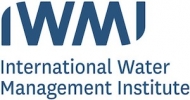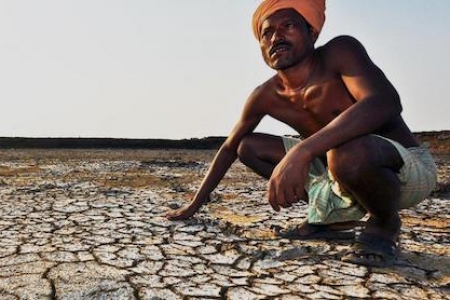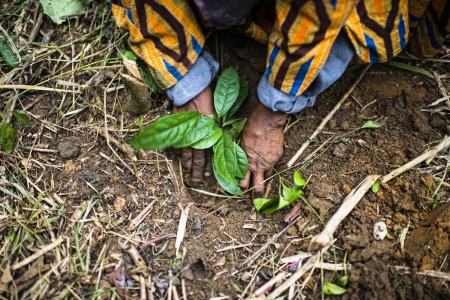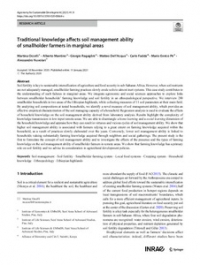A suite of indicators that reflect the use by different sectors in an integrated and policy-relevant way is needed to measure progress towards water-related targets of the forthcoming Sustainable Development Goals (SDGs). Water cuts across many of the SDGs—from poverty, to health, energy and the environment. Goal 6, for example, calls for ensuring the availability and sustainable management of water and sanitation for all. Proposed SDGs on food and energy security also include targets on increasing water efficiency. But the three sectors can’t be viewed in isolation, IWMI researchers said – rather they are interconnected and must be managed in an integrated way. The challenge in progressing towards the water-related targets is to ensure that a balance is achieved between the competing uses and users of water for various purposes, meeting both human needs while maintaining ecosystem health. The research within this portfolio is focused on the development of new and innovative ways to produce the information needed to assess progress towards the SDGs and government policies at various scales, from national to basin. While many of the SDG indicators will have to rely on national data, these must be complemented with new cost-effective ways for data collection. Remote sensing measurements, smart field sensors, ICT technologies and open access data bases create new opportunities to express water resources quantitatively and to enrich data democracy. Information for all is the new pathway to use water more efficiently while ensuring critical ecosystem services are maintained, with an active participation by all relevant stakeholders. We need to be able to measure progress towards sustainable water for all by working towards targets that consider the different dimensions of water resources and use, including water quantity and quality. Within this portfolio of activities specific attention is paid to water accounting as a monitoring tool and water productivity, and as an indicator of the efficient use of water. Recent science has contributed to new opportunities to make use of these concepts in the context of the SDGs. A focus of the research is on the development of an open access, multi-institutional water accounting platform (“wateraccounting.org”). Led by IWMI, and in partnership with UNESCO-IHE and FAO, the water accounting + framework will be applied over the next few years to all major WLE basins, beginning with the Nile and Mekong. Other indicators and water metrics could also benefit from the advances in data measurements and methodology. In addition to the work on water accounting, complimentary activities will contribute to the assessment of the current status of land and water management at the global scale as well as within WLE focal regions and at the national level, and the opportunities for future development. In particular, an activity is included in 2014 and 2015 to develop a user-friendly model to inform decisions on the targeting of specific agricultural water management interventions and to understand which biophysical, socioeconomic and institutional characteristics form an enabling environment for the success of certain interventions. As a follow on activity from the CPWF, this work is focused on the development of an innovative decision support tool to target shallow groundwater irrigation investments in the Volta.
menu











